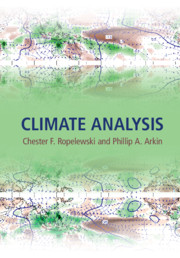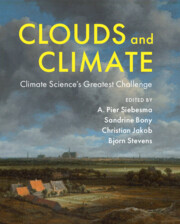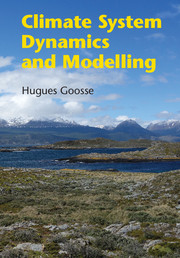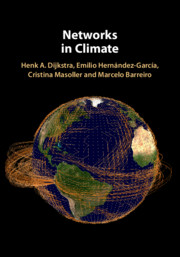Climate Analysis
Sensational images and stories about variations in Earth's climate and their impacts on society are pervasive in the media. The scientific basis for these stories is often not understood by the general public, nor even by those with a scientific background in fields other than climate science. This book is a comprehensive resource that will enable the reader to understand and appreciate the significance of the flood of climate information. It is an excellent non-mathematical resource for learning the fundamentals of climate analysis, as well as a reference for non-climate experts that need to use climate information and data. The focus is on the basics of the climate system, how climate is observed and how the observations are transformed into datasets useful for monitoring the climate. Each chapter contains Discussion Questions. This is an invaluable textbook on climate analysis for advanced students, and a reference textbook for researchers and practitioners.
- Provides a comprehensive introduction to the entire Earth climate system including the atmosphere, oceans, cryosphere, and land surface components
- Includes guidance on the proper use of climate data, with appropriate information to enable further investigation
- Offers a non-mathematical description of the climate system in the main text with appendices that provide mathematical details of selected topics, and is therefore appropriate for students and other readers without advanced mathematical skills, while also supporting the interests of those with these skills
Reviews & endorsements
'It is written by two highly qualified authors who have made substantive contributions to climate science … an accessible survey and a useful addition to the literature; the information contained is well organized.' S. C. Pryor, Choice
Product details
February 2019Hardback
9780521896160
362 pages
253 × 168 × 23 mm
0.94kg
38 b/w illus. 14 maps
Available
Table of Contents
- Foreword Antonio J. Busalacchi, Jr
- Preface
- List of abbreviations and acronyms
- 1. Earth's climate system
- 2. Climate analysis: goals and methods
- 3. Climate analysis: atmospheric instruments, observations, and datasets
- 4. Climate variability
- 5. Climate change
- 6. Temperature: building climate datasets
- 7. Precipitation: combining in-situ and remotely-sensed observations in constructing climate datasets
- 8. Ocean climate datasets
- 9. Cryosphere
- 10. Land component of the climate system
- 11. Climate models as information sources and analysis tools
- 12. Operational climate monitoring and prediction
- Appendix A. A short guide to some statistics used in climate analysis
- Appendix B. Vorticity/divergence, stream function/velocity potential
- Appendix C. Preliminary examination of the data
- Appendix D. Components of the mean water budget
- Glossary
- References
- Index.







